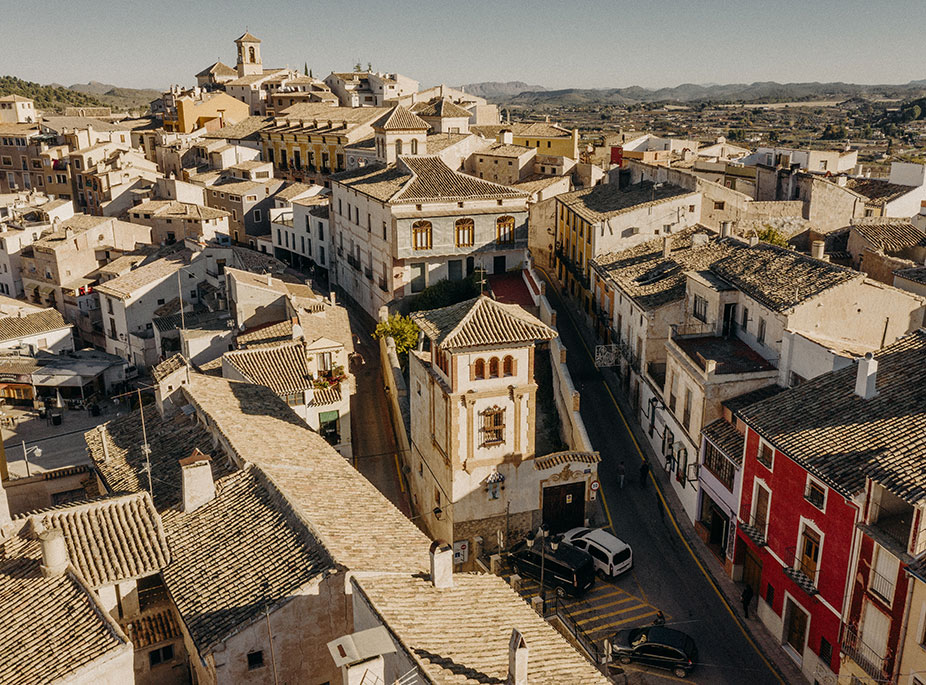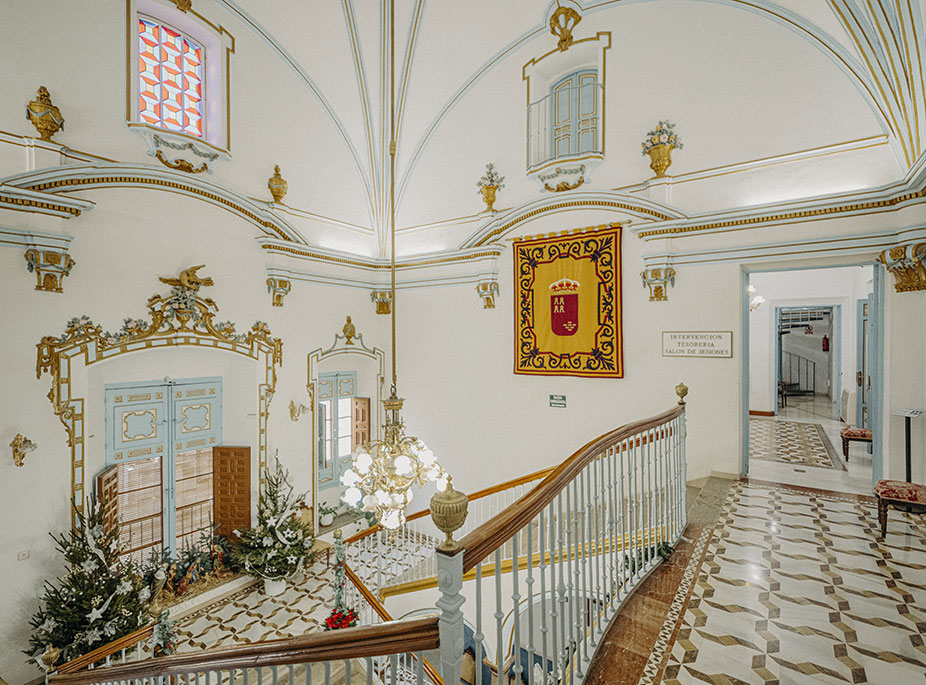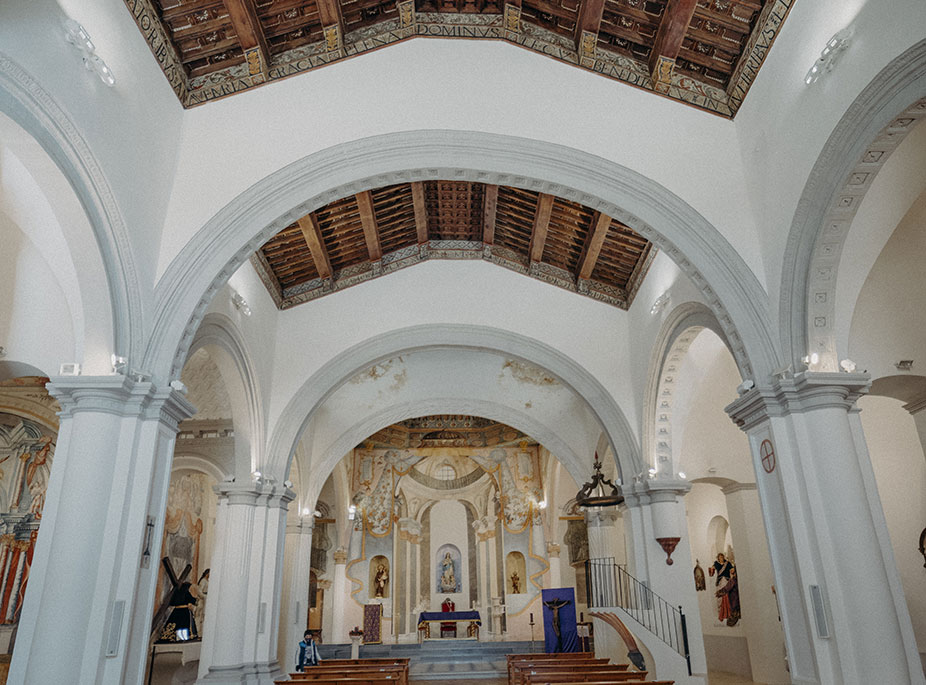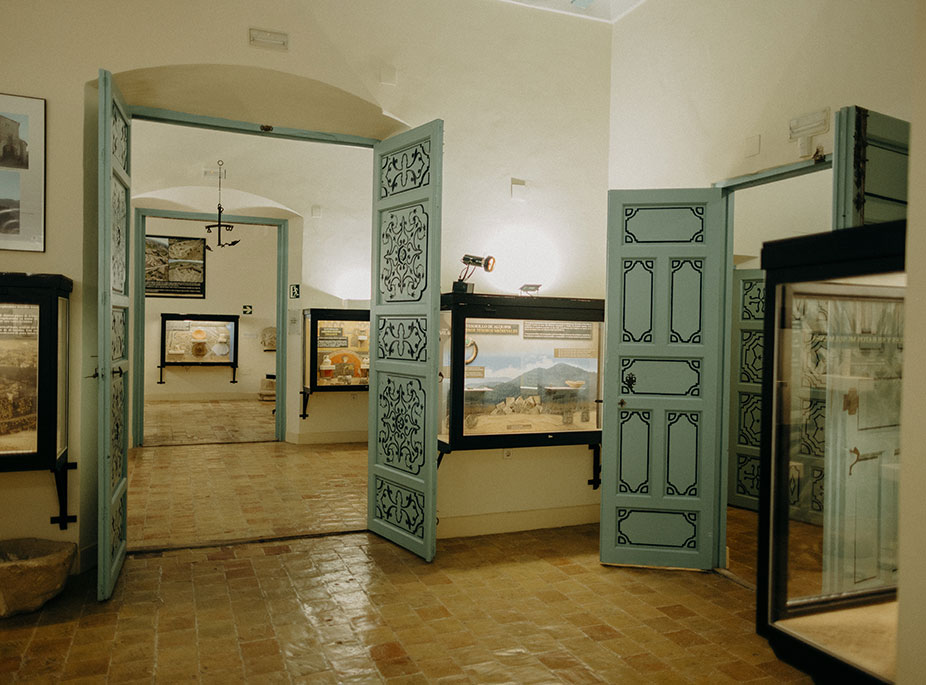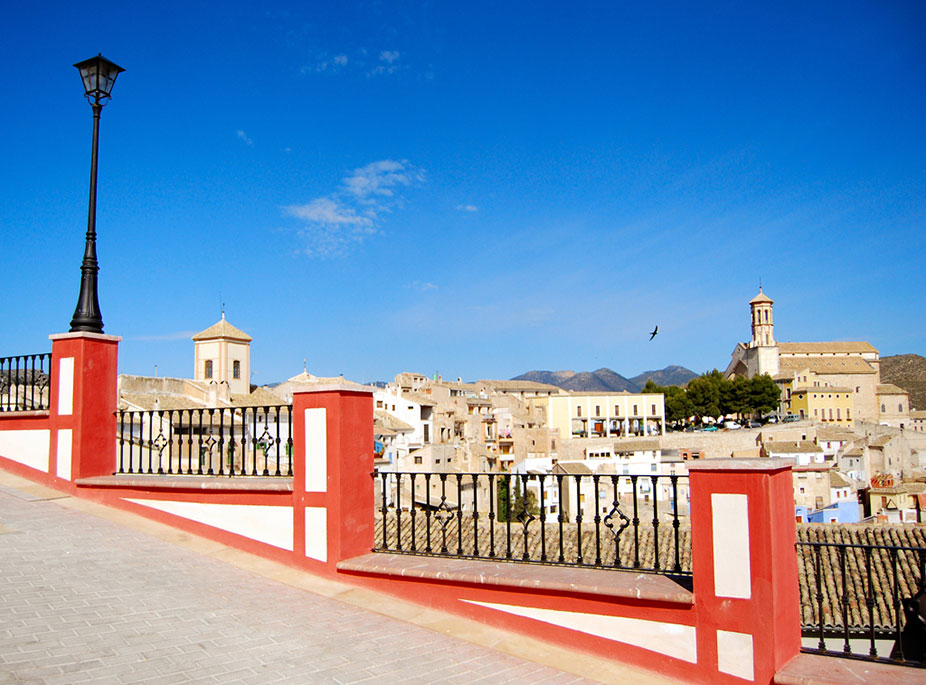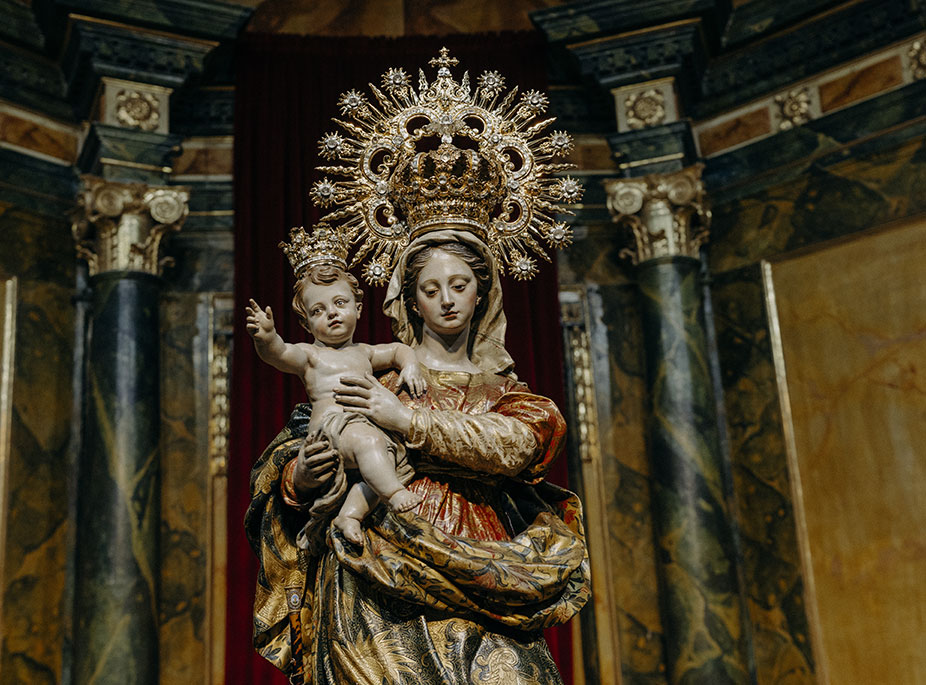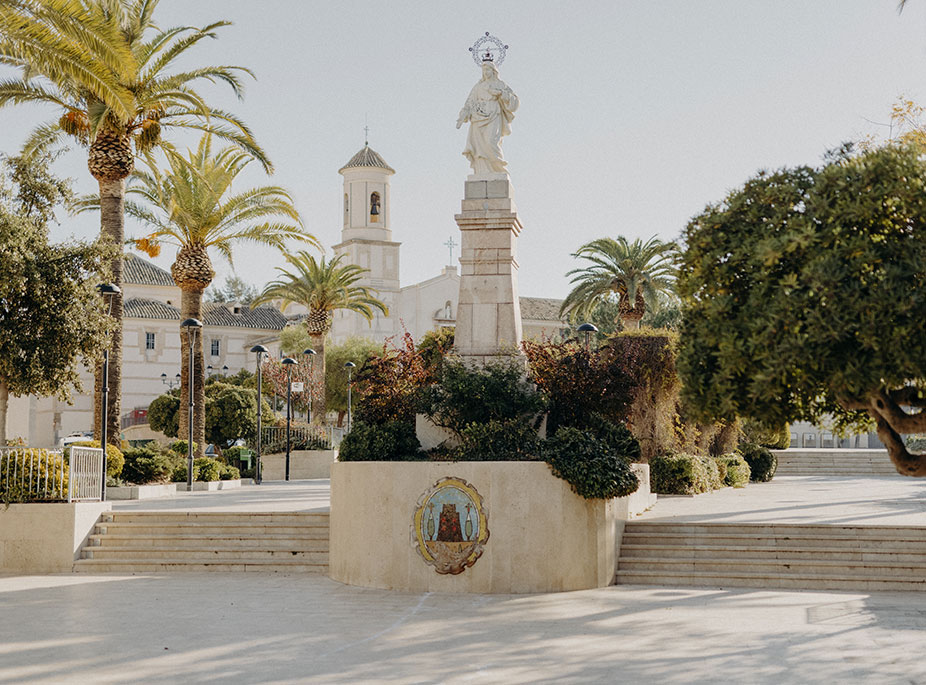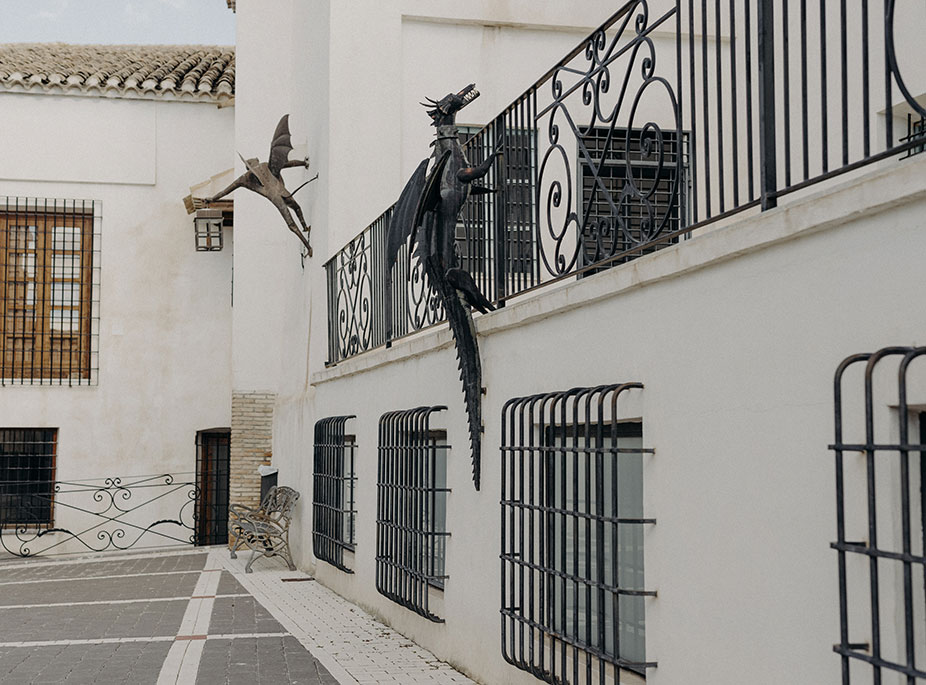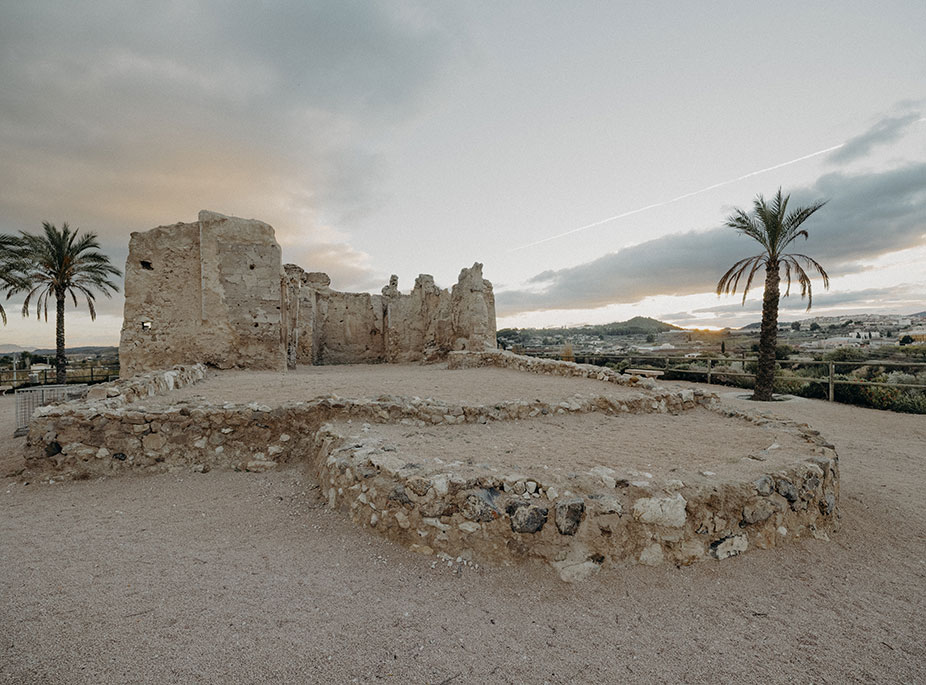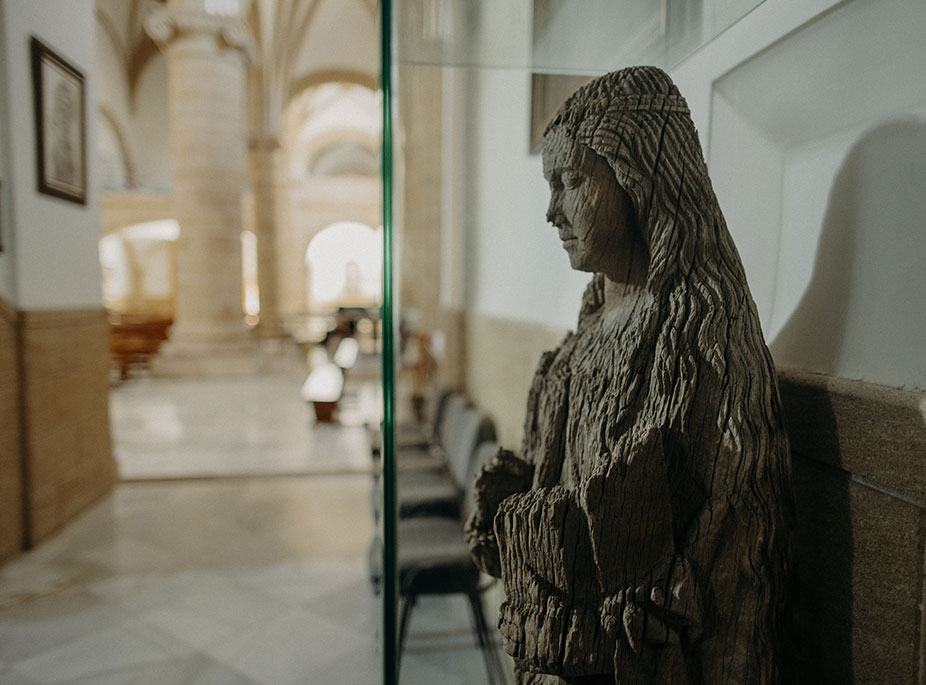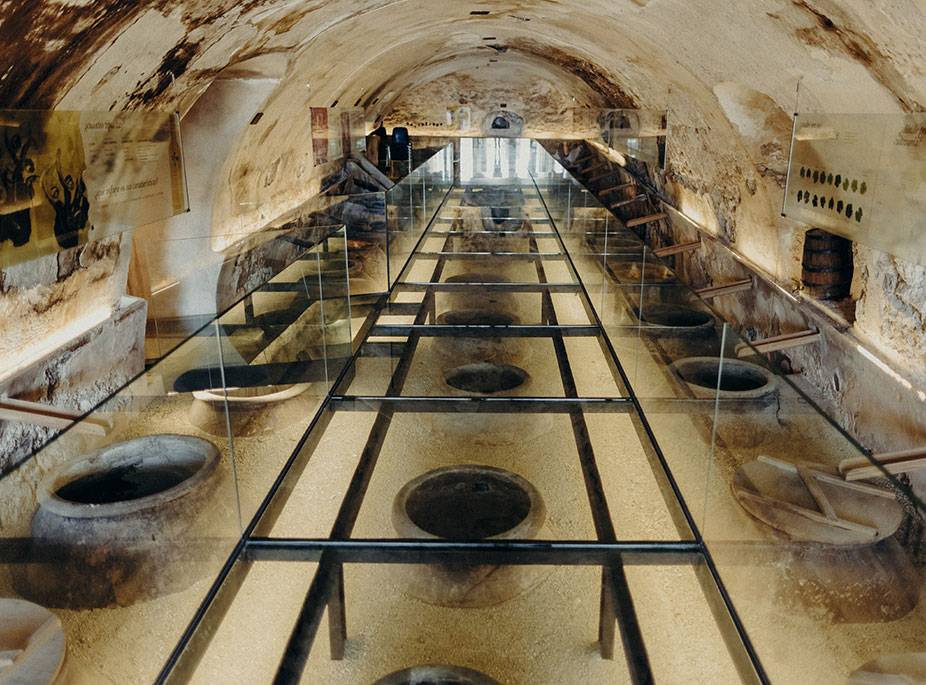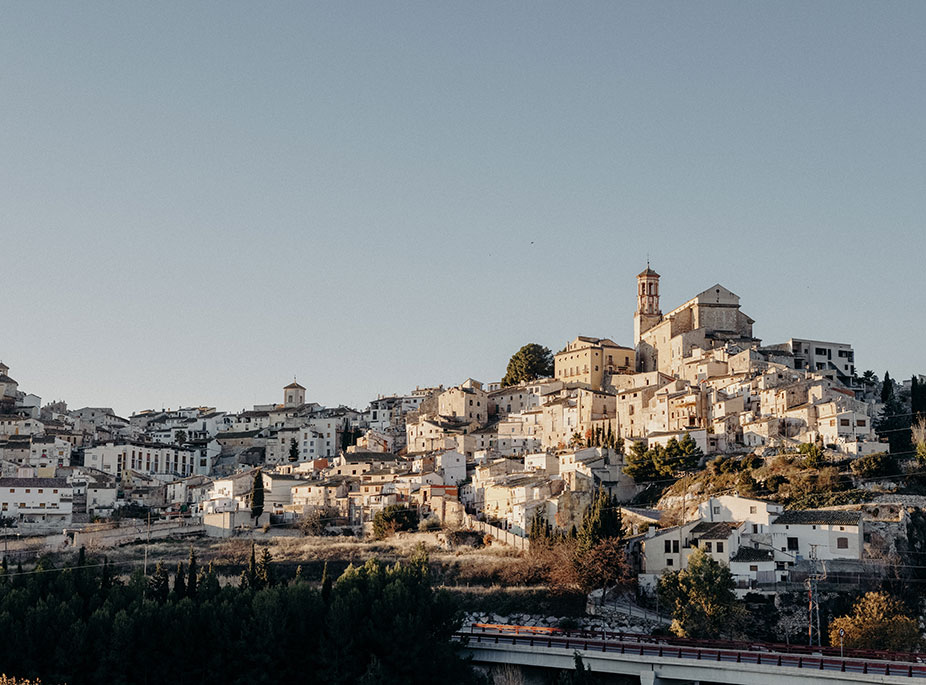ABOUT
Evidence of the former glories of this town can be seen in the remains of the city of Begastri, occupied by both Romans and Visigoths, and an episcopal see up until the Moorish invasion. In fact, the whole of this territory is layer upon layer of all the various cultures that established themselves here, the first settlers going back to 2400 BC. Reconquered by Alphonse VI with 1,000 horsemen and 11,000 infantrymen, Cehegín is one vast hilltop monument.HERITAGE
Its famous mediaeval quarter (a Historical and Artistic Ensemble) owes its layout to the Arab settlements in the upper part of the town, and is a monumental gallery of stately homes, churches, convents, palaces and public buildings, some of indisputable value, such as the Church of la Magdalena, the Palacio Fajardo (an example of Murcian Baroque) or the Peña Jaspe.Aside from the indisputable value of its historical and cultural ensemble, Cehegín has a number of delightful surroundings: the fertile valley viewed from the Plaza de la Constitución, the site known as Hoya de Don Gil, or the Argos Reservoir, even the town itself huddled around the hill, are all well worth a look.
Download the Multimedia Guide of the Camino de Levante
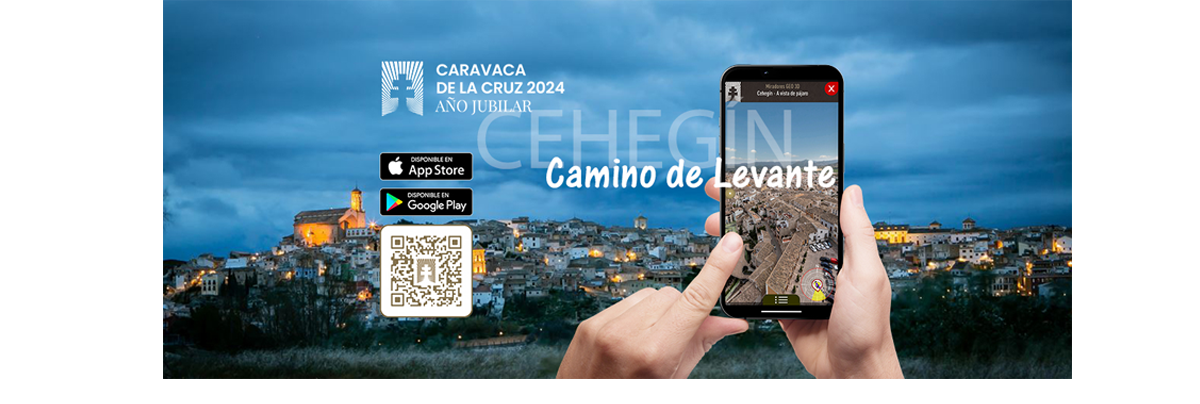
Top 10
The municipality of Cehegín is located in the heart of the north-western district. Prehistoric, Iberian, Roman, Visigoth, Arab and Christian settlers left their legacy in these landscapes with ever-changing nature, a legacy everyone enjoys today.
HISTORICAL CENTRE
The historical centre of Cehegín is, without a doubt, one of the most beautiful of the Region. As a declared Historical-Artistic Ensemble, whose streets and alleys are crammed with manor houses, palaces, churches, viewpoints and more than 116 noble coats of arms, it is a museum itself. Go for a walk and stop to see the churches of Santa María Magdalena, La Soledad and the recently repaired La Concepción. Also, the palaces Villar de Felices and Peña Jaspe, the Count of Campillos House, the Real Piedad Hospital and the Duke of Ahumada palace are a must-see. If it's still hard to believe a city can enclose so much charm in such a small space, look for an itinerary with an audio guide to clear up any doubts.
THE LOST CITY
Only 1.8 miles away from Cehegín, the Roman-Visigoth city of Begastri is considered the most important town of its kind. Its unique archaeology will leave you breathless. This city, settled by Iberians, Romans and Visigoths, was the episcopal see during its most majestic era and remained hidden for hundreds of years. Its symbol is the Monogrammatic Cross.
THREE-FER
The Archaeological Museum of Cehegín is actually divided into three parts, as its rooms are set in three historical buildings in the Plaza del Castillo. These rooms give you the opportunity to discover more about the ancient civilisations that lived here, just like a time machine. The Town Council, the Fajardo Palace and the annexed building in Calle Mayor hold one of the most valuable collections of the Region, containing Prehistoric, Iberian, Late Roman-Visigoth and medieval heritage.
BLUE BLOOD
The Duke of Ahumada palace is one of the most symbolic and interesting private buildings of the Region. The palace, located in Calle Mayor, holds the ballroom, the duke's office, the red room and the chapel, preserving the Baroque altarpiece and other objects and liturgical garments. The Ethnographic Museum in the basement exhibits the Order of Santiago uniforms, several 19th and 20th centuries suits, a sample of craft canvas sandals -very typical here in Cehegín- and some horse-drawn carriages in the courtyard.
LOST IN WONDER
The Sanctuary of the Virgen de las Maravillas (the Virgin of Wonders)-also known as Franciscan convent of Saint Stephen-is a spiritual attraction both for locals and tourists. Built between the 16th and 18th centuries and declared Monument of National Interest, this is one of the few remaining samples of genuine Murcian Baroque. The sanctuary houses the image of the Virgen de las Maravillas, a beautiful virgin who became the patron of the town soon after arriving. The most outstanding part of the convent is its interior Baroque cloister, being the centre axis surrounded by all the other constructions.
CRAFT MARKET
Cehegín hosts La Muralla Market in the iconic Plaza del Castillo, right in the heart of its Old Town. This is a fresh take on the traditional street market, blending classic craftsmanship with alternative artisan styles¿shining a light on a new generation of makers from the Region of Murcia. It¿s an inclusive, sustainable, intergenerational, and innovative market experience. Visitors will also enjoy creative workshops, mouth-watering food, and live music. One of the most convenient ways to get around is by taking advantage of the free shuttle service running between Plaza del Mesoncico and Plaza del Alpargatero.
RUTA DE LA TAPA
The Ruta de la Tapa y el Cóctel of Cehegín is a long-lasting event which attracts thousands of visitors in March keen to taste the most original tapas and the best cocktails. Enjoy this gastronomic tour using all your senses and go deep into the wealth of the Mediterranean cuisine, while increasing your knowledge of culinary techniques. Be careful not to lose your map as it will help you find easily all the participating restaurants; or forget about all that, get on the free minibus and go from one bar to another as you like.
FESTEMBER
The Festival of the Patron of Cehegín is held every year from 8th to 14th September, the perfect moment to drop by and enjoy its perfect weather and the most cheerful atmosphere of the year. The focal point of the Festival is the Fairgrounds, holding about 150 stalls of groups and "peñas" (clubs). Furthermore, many events take place at this time for people of all ages, such as the Pilgrimage of El Rocío, the Día de los Huertanos (Day of the inhabitants of the "huerta") and for the most seasoned revellers, the Festibando (a night party with concerts closing the Día de los Huertanos).
WINE SCHOOL
After reading this you will go mad to go back to school. This one is located inside a 17th century wine cellar, in the basement of La Tercia Palace. Here you will learn everything about wine: grape varieties, kinds of glasses, bottles and even corkscrews, wine production processes, serving temperatures and wine pairing. As practice is the best way to learn, you should take an active part in tastings and workshops.
CRÈME DE LA CRÈME
The cuisine of Cehegín makes it worth a visit. Its most typical dishes are both wholesome and delicious, especially the "empedrao" (rice with cod, beans, garlic and tomato), "chamorro" (dough with saffron and meat), "migas" (flour crumbs with pork or fish), "potaje" (sauté with Swiss chard), "olla de matanza" (pork stew with chickpea and potatoes), and different rice dishes. The locals are especially proud of the Alcuza pear tree -also known as Cehegín pear tree- a winter fruit with particular taste and scent, which make it unique. If you have a sweet tooth, the typical sweets, such as "garrapiñadas" (caramel-coated almonds), "alfajor" (almond pastry) and "picardías" (hazelnut covered with caramelised sugar) will satisfy your appetite. And don't forget that the best way to get to know this world is to make a gastronomic tour or take part in tastings at craft markets.





